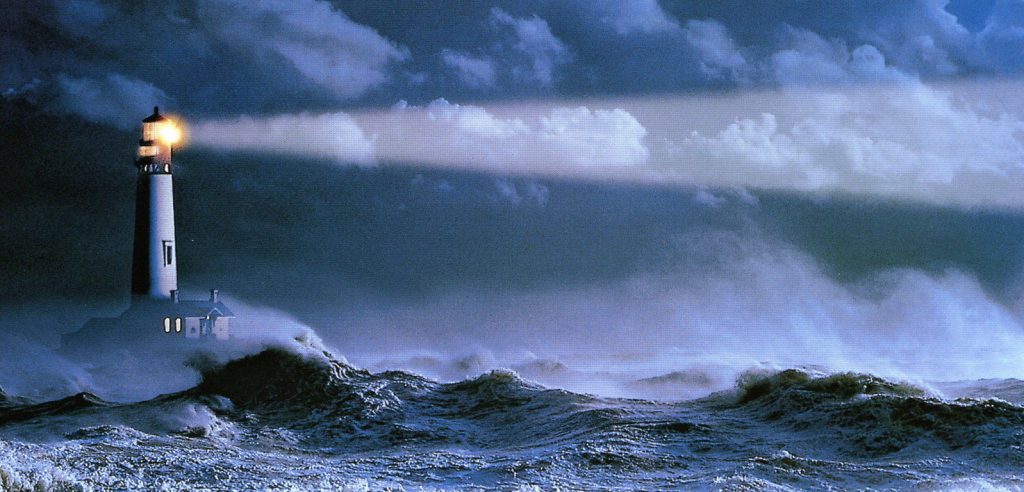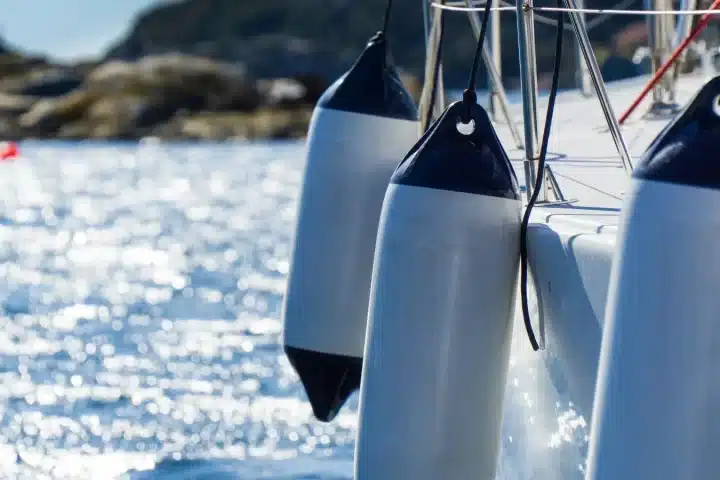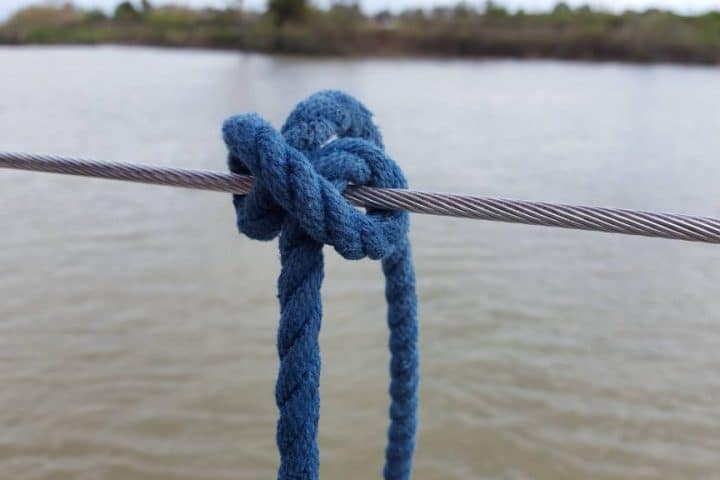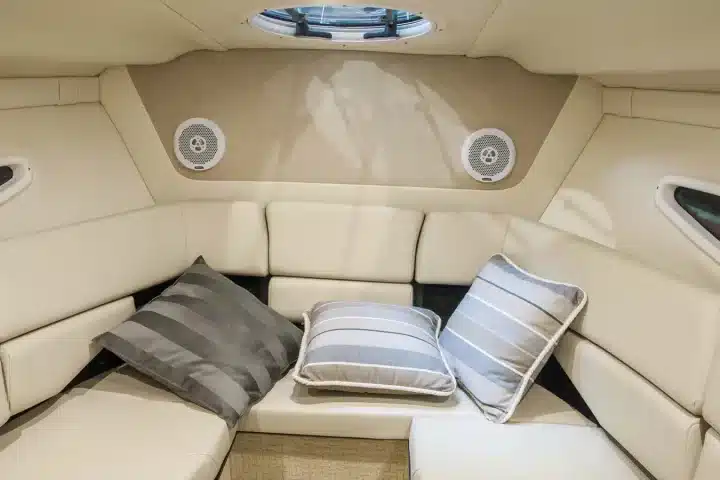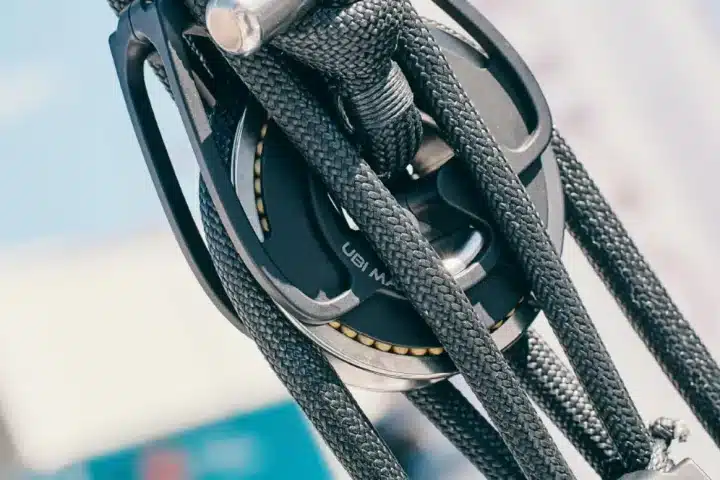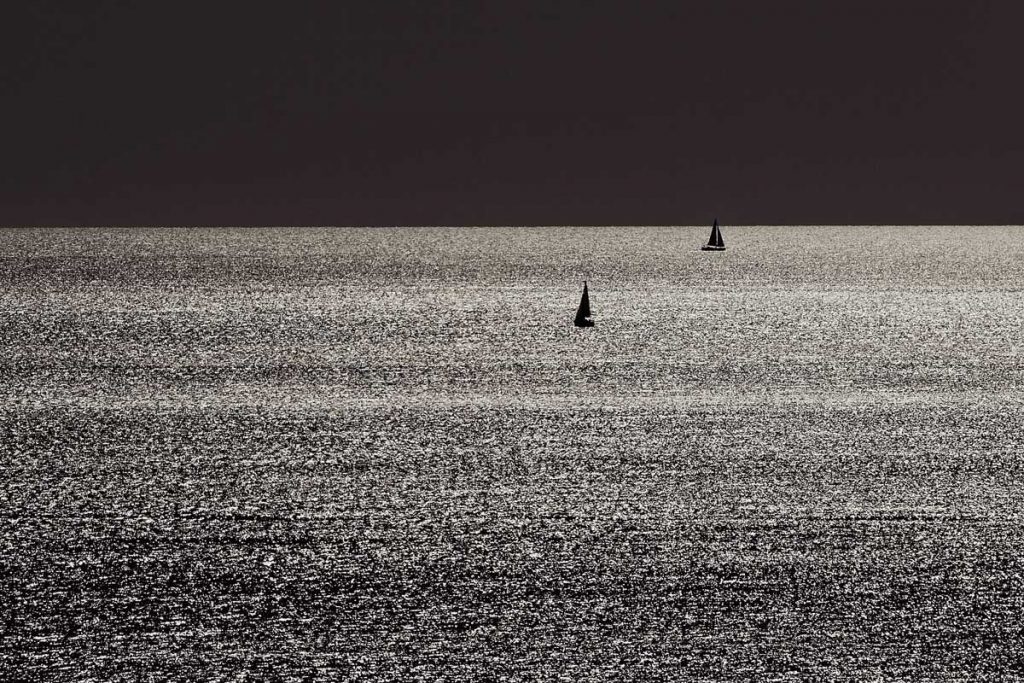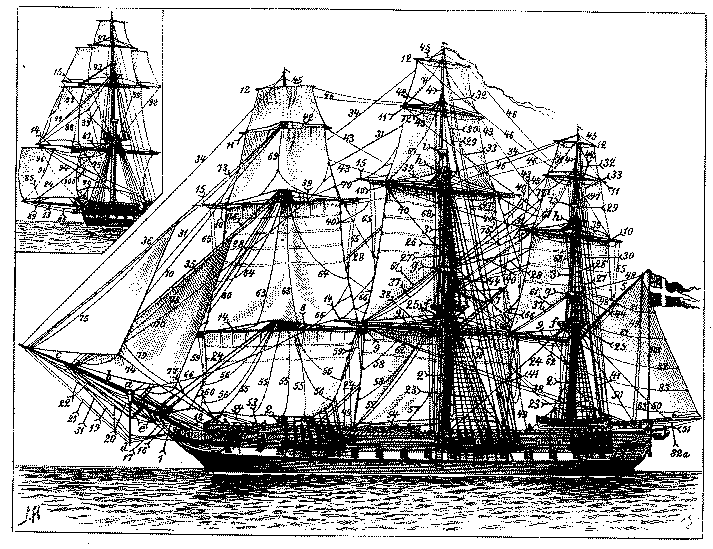Leggi l’articolo in italiano
We saw how to prepare to night sailing last days.
With the right precautions, sailing at night is simple enough. The most important thing is to recognize the lights of the other boats and to maintain safety routes.
During the boat license course we studied all the possible light combinations but, after some months, it is usual to forget them.
However, some lights are very important. First of all, the way lights, essential to understand the direction of the boat or ship we meet, and those which indicate dangers or cardinal signs. It is very important to remember these lights in order to have no doubt if, for example, we see a moving red light and there is a boat showing its left side. However, even if we know all the possible light combinations, sometimes it is very difficult to identify even the most essential ones, such as red and green lights.
The first ones are travelling lights, multicolour on the whole surface, while the second ones often have powerful white lights.
In any case, experienced sailors usually understand the direction of the boats they meet thanks to way lights and their movement.
But landing or sailing at night towards harbours or narrow openings, such as archipelagoes, is more difficult thing.
Today, the modern electronic devices help to identify the right position and route at night but only lights allow to sail near the coast and make a safe night landing.
While the boat is approaching to the coast, the first thing you can see are the headlights, that is the most powerful lights; only then, lights indicating harbour entrances, passages or alignments are visible.
Each light has its own name and surname with numbers and letters indicating its features. These data, written on the light list and nautical charts, allow to know what light it is and where it is located on the coast.
Near the coast there are the lights which indicate dangers. Some of these are isolated signals, while the other ones are danger cardinal signals, which indicate the right side where you must pass through.
In any case, when you want to approach to the coast at night, you have to study the map, the lights’ position and only after this you can decide your route.
Once approached, you can land, which means that you can enter into a harbour or an inlet.
The best way to “introduce” your boat into difficult situations without problem is by following a night alignment.
An alignment, in this case a night alignment, occurs when two objects on the coast located at different heights seem to be aligned along the same direction.
In the picture above we have represented the alignment sequence of two lights.
In picture 1, the skipper has identified the two lights, of which he knows the period written on the nautical chart, situated on the mountain at two different heights. He sees them misaligned: the highest one will appear backward.
By going on the route, the angle distance of the two lights will reduce (picture 2).
Few seconds before seeing the two lights aligned, the skipper pulls over (picture 3) to take the route indicated in the procedure by maintaining the two lights aligned and going on this way, far away from the rocks.
For a concrete example, let’s consider the case of Cala Gavetta, the small harbour on La Maddalena island, a location we know very well because we often sail for work and education in these waters.
Thanks to our pilot book and nautical chart, we can read and see the procedure to follow. Nothing overwhelming but nor banal, since the route to enter into the harbour is full of rocks and low bottoms.
On our pilot book we read: “ if the boat comes from the West in a easterly direction, it should pull over for 014 degrees by following the alignment of the two green lights on the mountain…”. As already said, lights have their own features and they are indicated on the charts. So, the captain knows that he must pay attention to his easterly route and the two lights located on the island. Once identified, he goes on until few instants before the lights appeared aligned. At that moment, he can pull over for 014 degrees.
Please pay attention to the fact that all surveys and traced routes are real. So, in the theory, it would be necessary to correct them in order to change the real survey into a compass for the helmsman. The difference in reality is so small it is not visible on the compass.
Once pulled over for 14 degrees, we can go on until, according to the pilot book, we don’t see another alignment involving two green flashing lights we must follow for 66,2 degrees.
Then, we can go on until, on our left, we will see the green light and the red one indicating the entrance of the harbour in Cala Gavetta.
So, we have been able to land at night in waters full of rocks and low bottoms, by paying a lot of attention to the ferryboats travelling between Palau and Maddalena.
Also the sector lights are very important to identify and follow the right route.
They are a beam of light divided into different sectors, characterized by different colours. They are a sort of corridors where we can land and, together with the procedures illustrated on the pilot books, they help to follow safe routes if you want to round a cape, sail in a fiord or in narrow passages with rocks and low bottoms.
The green light does not mean you can go ahead but it is rather a limit, like the red light. In the picture, in fact, we can see the route to the coast indicated by the sector lighthouse north-east of Cannes. We see a green sector on the left, a smaller white one, a red one, a second white one and finally a green sector. The white sectors are the possible corridors for landing.
So, if we travel from north-east along the coast, we know we can pull over near the white light of Antibes lighthouse. But if we go on, we see the green light and we can’t pull over until we don’t see the white light of the same lighthouse again.
In conclusion, let us give you an important advice. If you are not sure about your position and the route to follow, please do not put your trust in Lady Luck or in your memory, but wait until the break of the day before landing.
